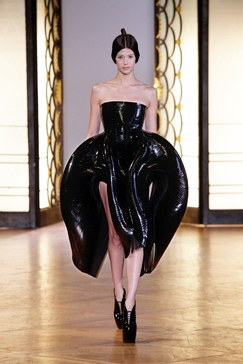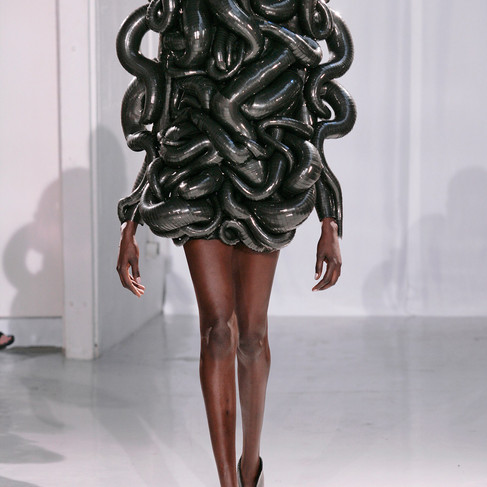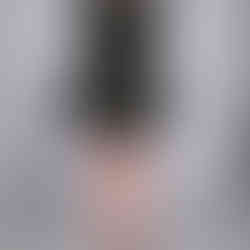Iris Van Herpen: Fashions futuristic innovator
- Michael Barbara
- Nov 27, 2017
- 2 min read
The young dutch designer started her label almost immediately after graduating Arnhem’s ArtEZ Institute of the Arts in 2006 and after a stint partnership working for Alexander McQueen followed by a brief time alongside dutch artist Claudy Jongstra.
Being a leading exponent in what technology can do not just for humans and our lifestyle on the big scale, but what it can offer fashion she blurs the lines of art and garment. She went on to shed some light on her views and personal take on fashion telling Vogue in an interview: "My general idea of fashion is pretty abstract: It’s more than a garment, and it’s more than a commercial product. Fashion is really an interconnected thing. It’s very locked down in its own system and in its own world, and I really don’t think about it in that way; things are happening all around us, and that should be connected to fashion. I feel it can be a form of art—it doesn’t have to be, but it can be." Throughout many years even before starting her own brand she has been collecting materials which at the time looked interesting to her without really knowing how or when she could use them, especially since some of these were materials rarely seen before in fashion (umbrella chords, invisible cloaking fabric developed by the U.S. military) and often proved hard to work with resulting in the designer having to find other means through which she would accomplish her visions.
Van Herpen then stepped into the world of 3-D printing which, at the time was underdeveloped in comparison to the point it has reached today and what it means for the designer. Although being tricky to work with at first she kept pushing until eventually the materials created were mouldable, flexible and easy to work with, and the vision of one day making them into garment had then become very much a reality.
Just when you thought the designers work methods could not get any more unprecedented she uncovered the peculiar creative process behind her collections. Straying from the usual "sketch pad illustration" she uses draping methods directly on the mannequin, a technique seen usually in haute couture ateliers by the hands of master workers. In other aspects some garments were first moulded using clay on a small scale as well as a lot of digital manipulations which happen along the way. She clarified when asked about her relationship with technology: "I’m really not technology-focused. Inspiration for me does not come from technology; I really see it as a tool. The process of making a 3-D print is boring because it’s all done on a computer, but I love the end result and the things I can make with it." Adding to that she says her work is often misinterpreted as being completely 3-D print orientated "People think that everything I make is 3-D printed, but the basis of my work is really craftsmanship. I think a lot of people try to separate the two. You have traditional houses that focus on craftsmanship, and then you have people who are into technology, but I don’t really see that they have to be apart. I see them as equal, and I actually think that they can complement each other."

























Comments